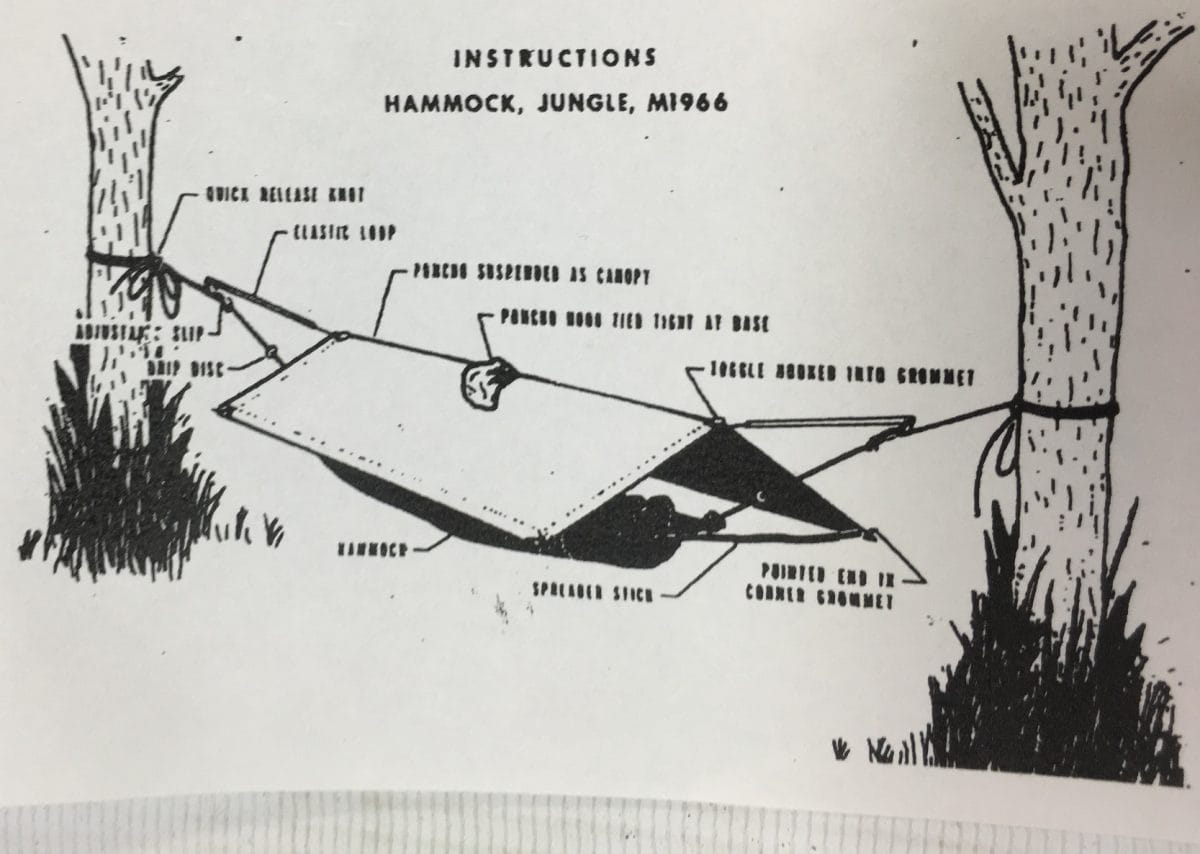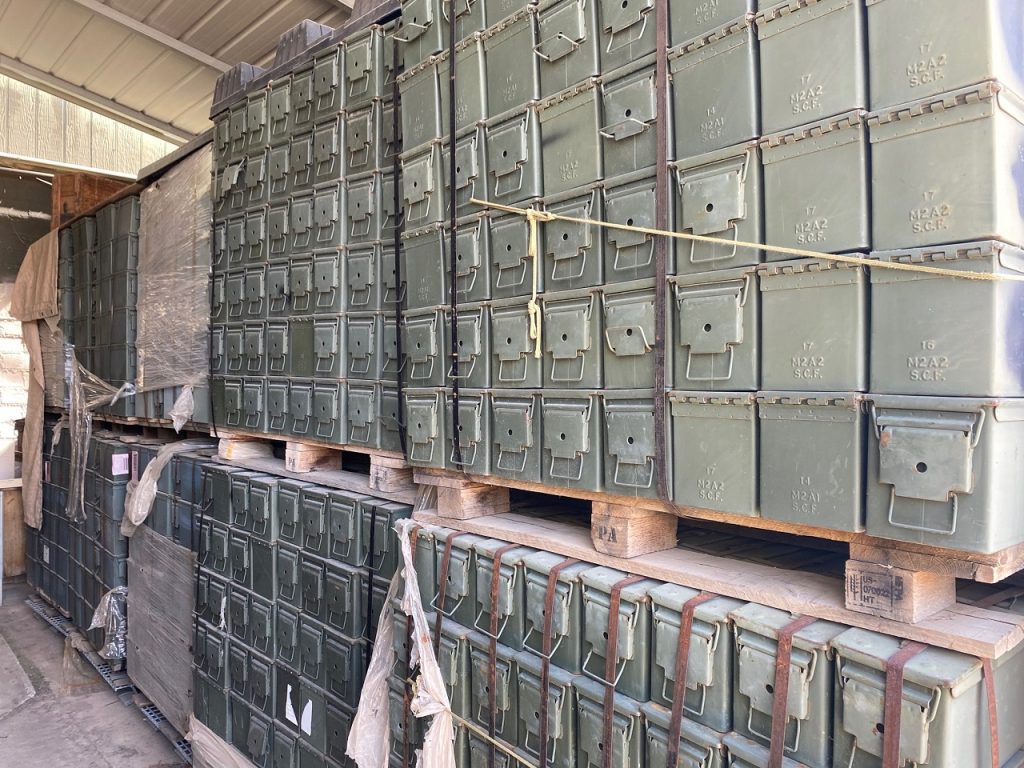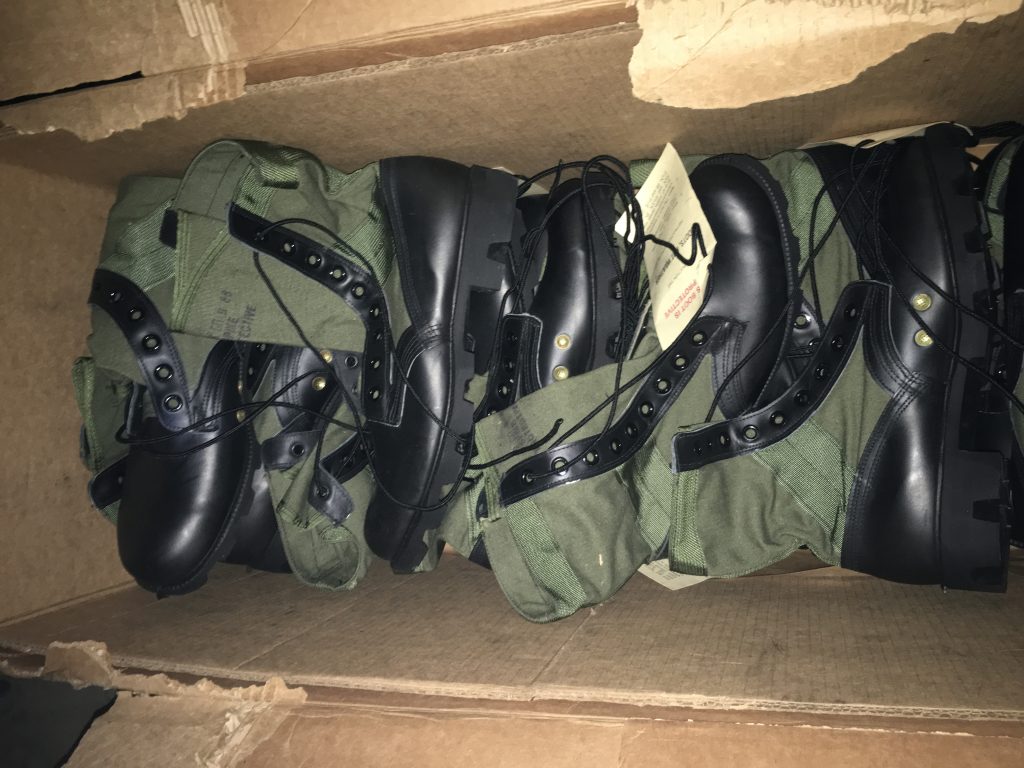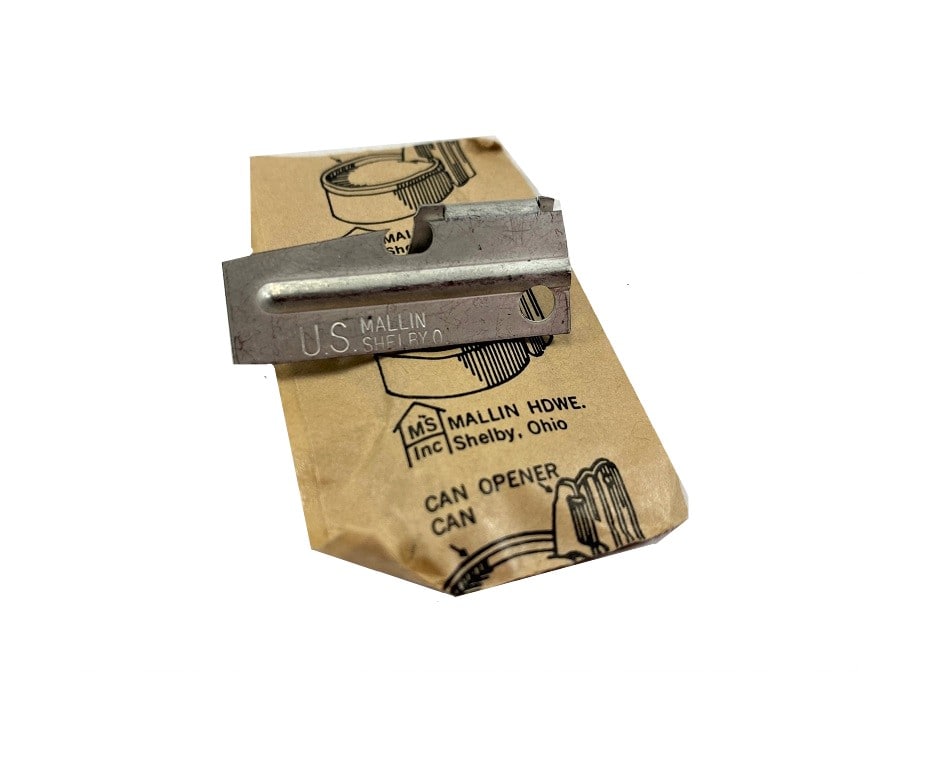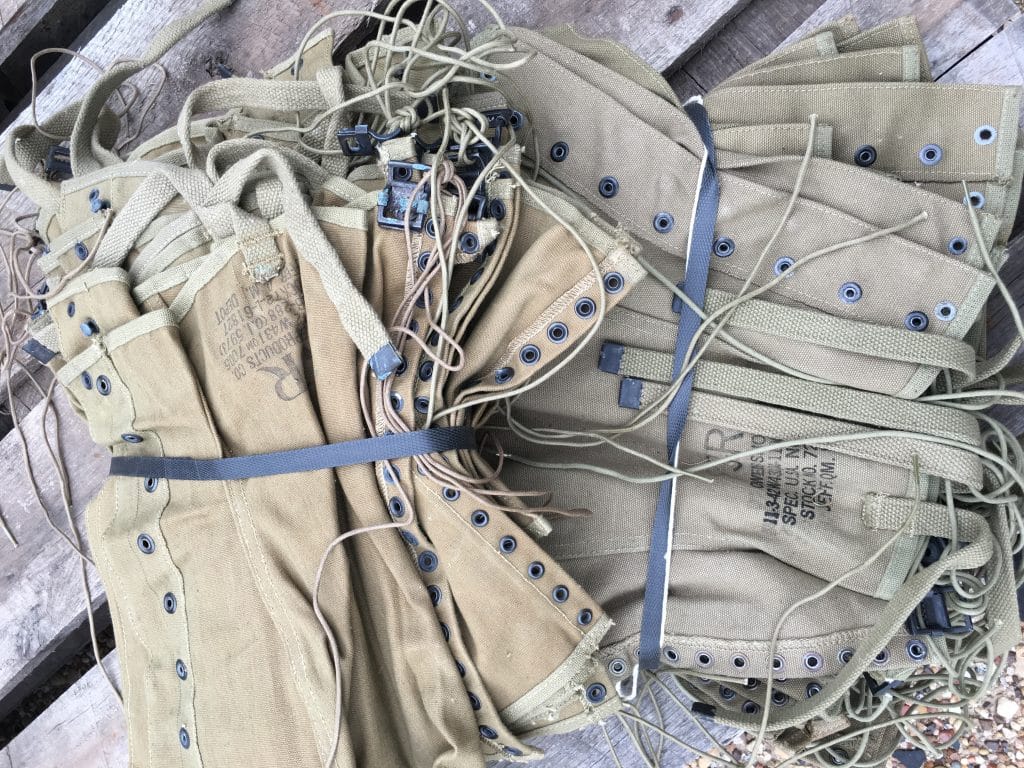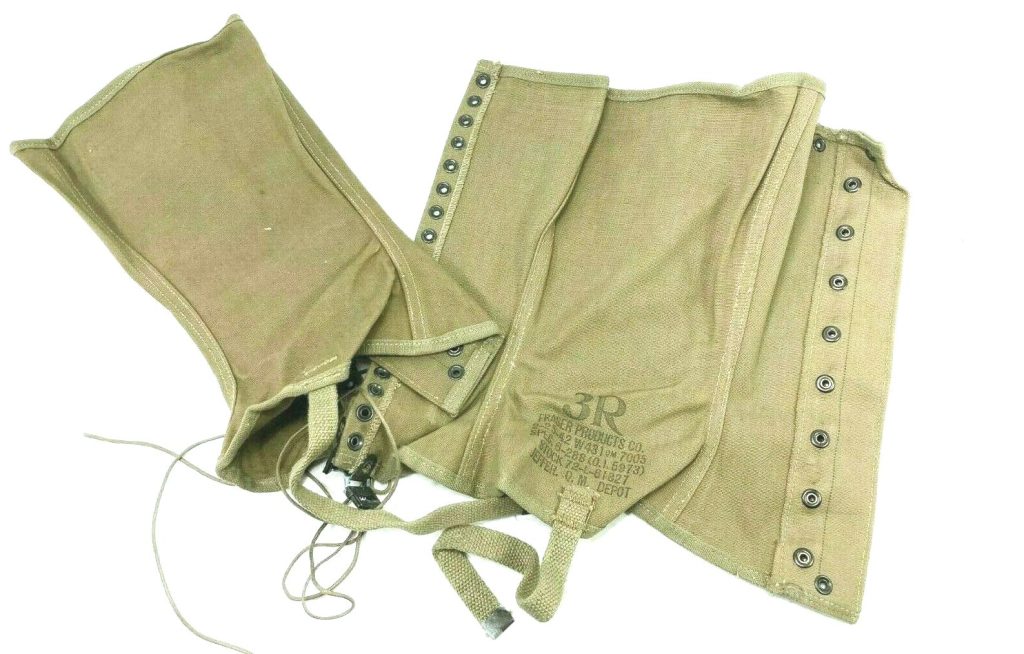
The summer is not over yet! Not even close! We here down in Texas know… August to September is the oven slowly turning down the heat, long ways to go before Fall.
All over the US in 2023 we have seen record temperatures all over our country. Today, its 108F in our hometown FORT WORTH TX.
So what do we all need to have? WATER! HYDRATION, THE PURE COOL HIGH QUALITY h2o The Water Boy is talking about!
How do we carry it? Well look no further! The US MILITARY 2 QT CANTEEN SET!
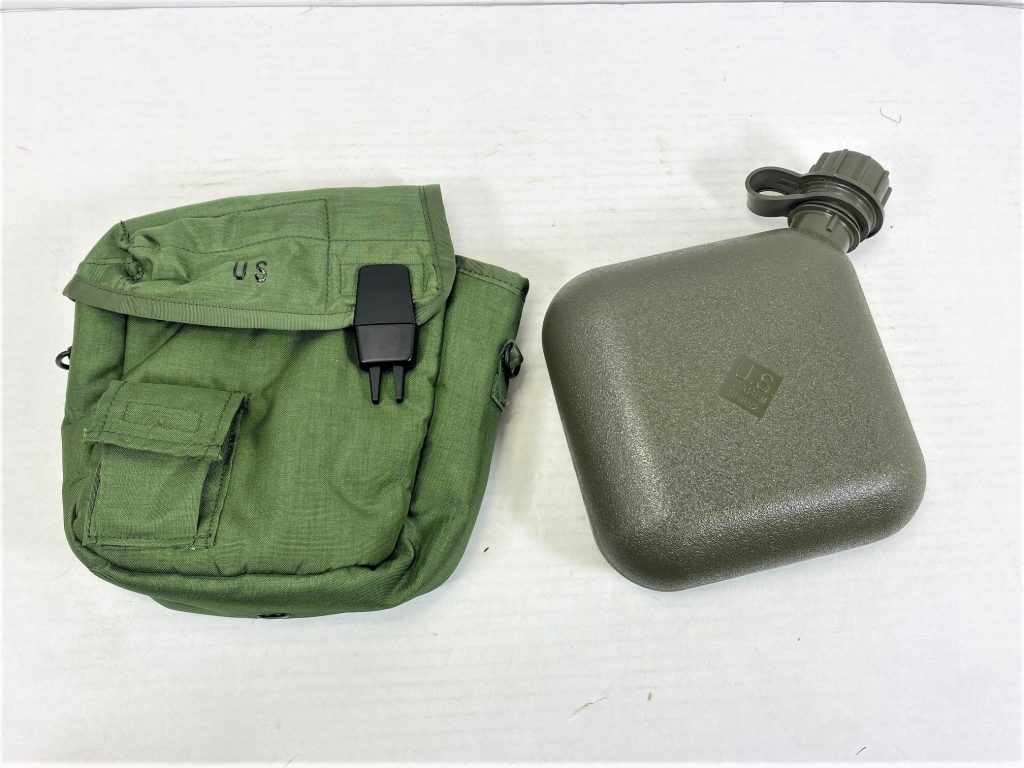
Collapsible 2 quart canteen bladder with nylon insulated cover and shoulder strap, it is the ultimate for hikers! As you drink, squeeze air out of the top to create a slosh-free water carrier.

Shoulder strap available for carrying over your shoulder, or Alice clip attachments on back to attach to a belt or pack!
These great canteen sets will last you for years! Military specifications! Available all new or used condition with new bladder and used cover. Check them out at OMAHAS.COM and available at our land store in Fort Worth TX.
OMAHAS ARMY NAVY SURPLUS
2412 Whitmore St. FORT WORTH TX 76107




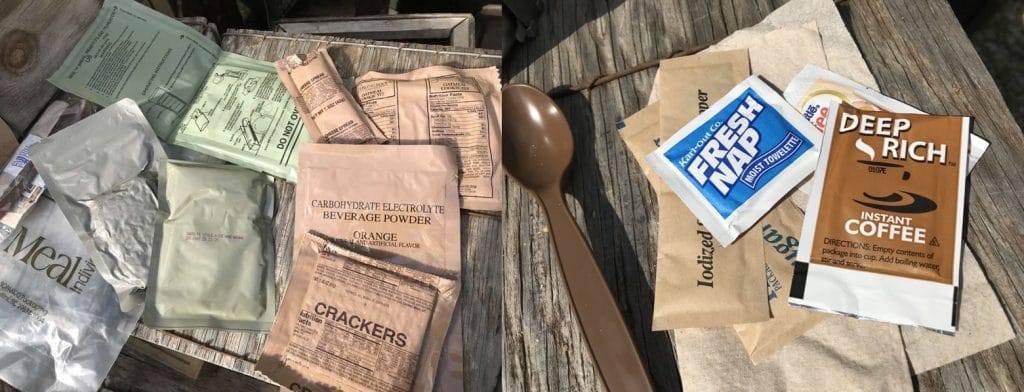


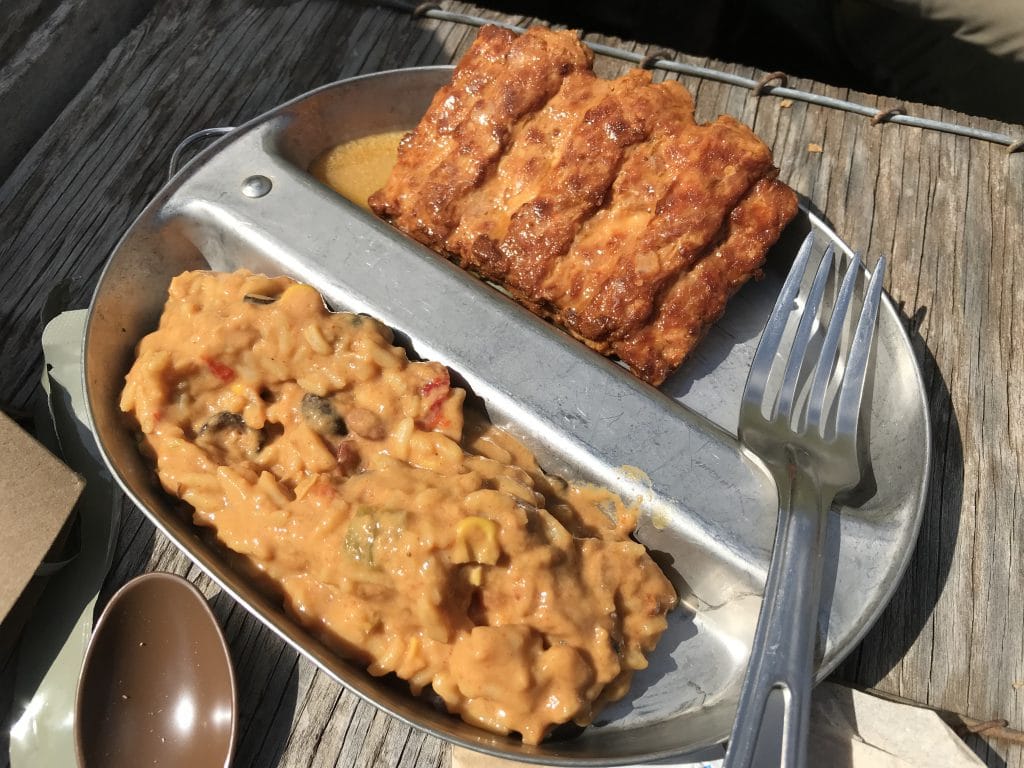
 Overall I rate this meal a 8/10. Good flavor and easy prep.
Overall I rate this meal a 8/10. Good flavor and easy prep.